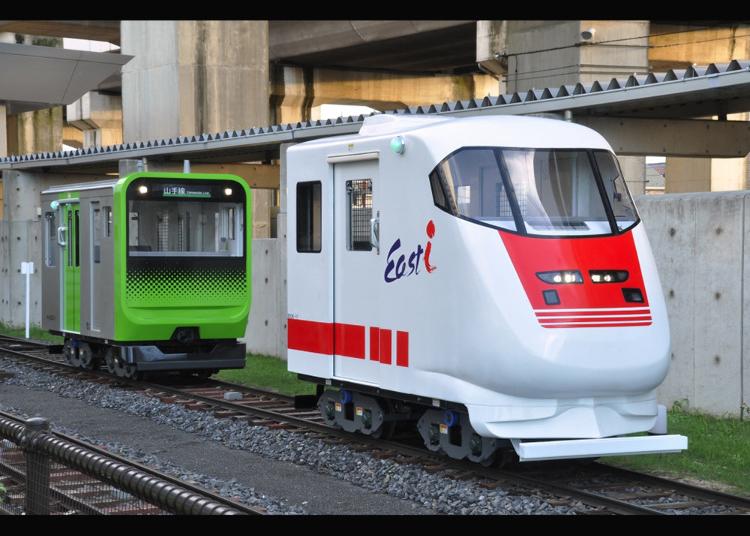
When one thinks of Tokyo, images of bustling cityscapes, neon lights, and towering skyscrapers often come to mind. While the city is undoubtedly a modern metropolis, it also harbors a wealth of cultural gems beyond its more famous attractions. In this article, we invite you to embark on a journey through Tokyo and its surroundings to discover a different side of the city – one filled with unique and fascinating museums.
While iconic institutions like the Tokyo National Museum and the Mori Art Museum continue to captivate visitors, Tokyo's lesser-known museums offer a distinct perspective on the city's history, culture, and creativity. In this exploration, we'll delve into a selection of these hidden treasures, each offering a glimpse into a specific aspect of Japanese life and heritage.
1. Tokyo National Museum
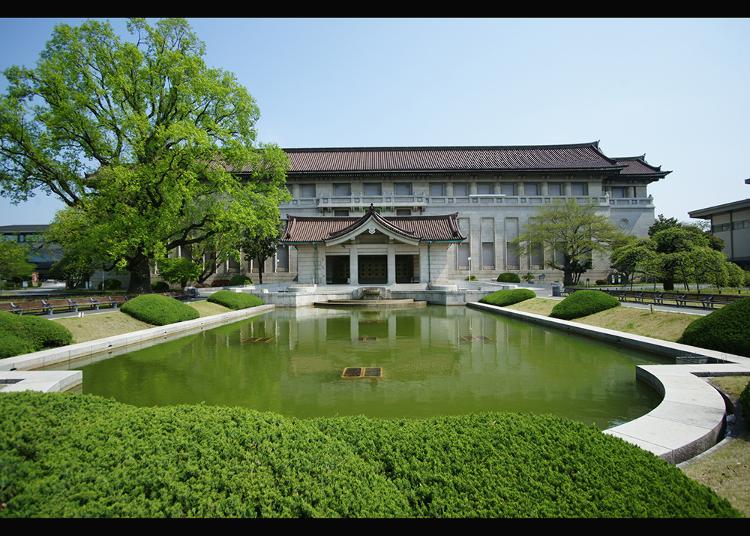
Established in 1872, the Tokyo National Museum holds the distinction of being Japan's oldest museum. Its extensive collection boasts an impressive 117,000 items, many of which are revered as national treasures or classified as important cultural properties. Every piece on display, whether in its permanent or special exhibitions, holds invaluable significance. As a profound source of knowledge about Japanese culture and traditions, the museum serves as a gateway to a deeper understanding of Japan's rich heritage.
The museum complex encompasses six distinct exhibition buildings, including the Honkan (main building), Heiseikan, Toyokan, Hyokeikan, the Gallery of Horyuji Treasures, and Kuroda Memorial Hall. Inside the Honkan, visitors can embark on a historical journey through Japanese art, tracing its evolution from the ancient Jomon era to the Edo period (1603-1868). Meanwhile, the Japanese Archaeology Gallery in the Heiseikan building presents a vast array of artifacts spanning from the Stone Age to modern times.
The Toyokan building offers a captivating glimpse into the art and artifacts of not only Japan but also China, the Korean Peninsula, and Southeast Asia. Additionally, the Museum Garden, located on the north side of the Honkan, opens its doors to the public during the spring for cherry blossom viewing and in the autumn for admiring the vibrant foliage. It's an experience not to be missed.
Conveniently situated just a 10-minute walk from the Kouenguchi Exit of JR Ueno Station, the Tokyo National Museum beckons you to explore its unparalleled collection and immerse yourself in the rich tapestry of Japanese culture and history.
2. THE RAILWAY MUSEUM
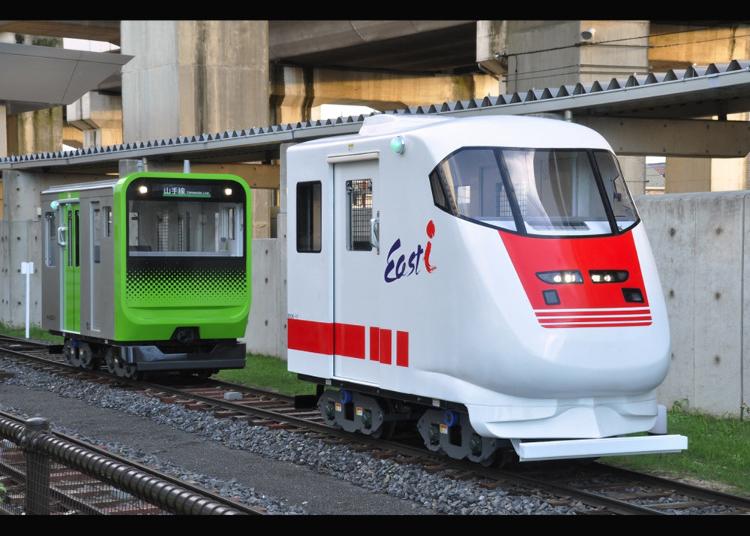
At the Railway Museum, you'll embark on a hands-on adventure, immersing yourself in the fascinating world of railway technology's development and evolution – from its early days in the Meiji era, when railroads took their first steps in Japan, to the cutting-edge innovations of today.
Beyond the extensive exhibition items, this museum offers an array of exciting attractions, including driving simulators for steam locomotives, JR Lines, and even the iconic bullet train. If you've ever dreamed of being a train operator, there's a workshop classroom where you can delve into the intricacies of this profession. For added excitement, don't miss the opportunity to operate a miniature train system that winds its way along a 300-meter outdoor course – a delight for both adults and children alike.
Should you find yourself in need of a break, the museum houses a convenient restaurant where you can recharge, as well as a museum shop that boasts a selection of original merchandise for sale. Furthermore, the exhibits offer explanations and notes available in English, Chinese, and Korean, accessible via QR codes and explanatory cards. This ensures that visitors from around the world can fully appreciate the rich history and innovation on display at the Railway Museum.
-
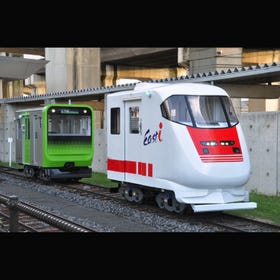
-
Address
3-47, Onaricho, Omiya-ku, Saitama-shi, Saitama, 330-0852
View Map -
Nearest Station
Omiya Station (Hokkaido Shinkansen Line / Tohoku Shinkansen Line / Akita Shinkansen Line / Yamagata Shinkansen Line / Joetsu Shinkansen Line / Hokuriku Shinkansen Line / JR Shonan Shinjuku Line / JR Keihin-Tohoku Line / JR Tohoku Main Line / JR Utsunomiya Line / JR Takasaki Line / JR Saikyo Line / JR Kawagoe Line / JR Ueno Tokyo Line / Tobu Noda Line (Tobu Urban Park Line) / Ina Line (New Shuttle))
- Phone Number 048-651-0088
-
Address
3-47, Onaricho, Omiya-ku, Saitama-shi, Saitama, 330-0852
3. Yebisu Beer Memorial Hall
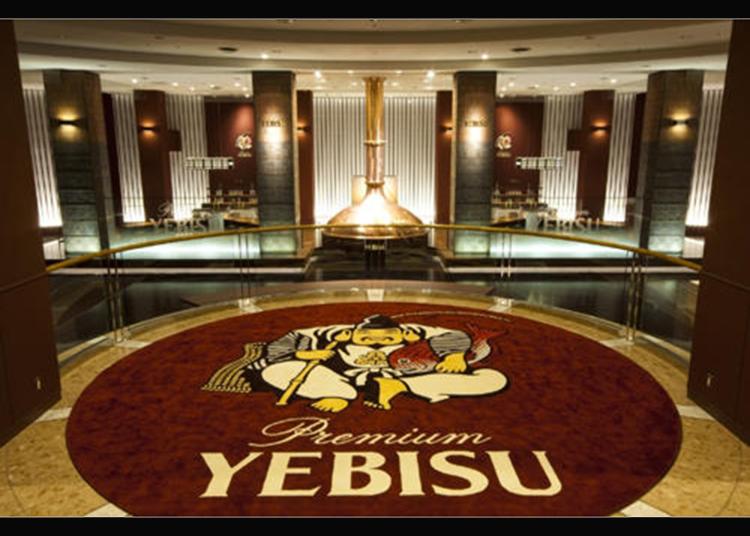
Upon your arrival at the Yebisu Beer Museum, you'll step into a world where the rich history of Yebisu beer unfolds – a brew that has been cherished by people across generations. Here, you'll also discover delightful ways to enhance your beer-drinking experience.
The museum warmly welcomes anyone seeking to explore its treasure trove of valuable films and historical documents, shedding light on the legacy of Yebisu beer. For an even more immersive experience, we highly recommend participating in the Yebisu tour. This tour promises to unveil the secrets of Yebisu beer's inception and share intriguing, lesser-known anecdotes. Led by a Yebisu expert, often referred to as a brand communicator, the tour offers easy-to-understand explanations and the opportunity to savor up to two servings of beer during tastings. Please note that the tour is not suitable for underage children, and reservations should be made at least 10 minutes before the tour commences.
Within the museum, you'll also find a tasting salon, inviting you to indulge in a diverse selection of Yebisu beers and beer cocktails. It's a perfect opportunity to explore the nuanced flavors and profiles that this iconic brew has to offer. So, whether you're a beer enthusiast or simply curious about Yebisu's heritage, the Yebisu Beer Memorial Hall promises a delightful and informative experience for all.
-
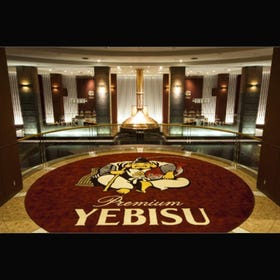
-
Address
Yebisu Garden Place, 4-20-1, Ebisu, Shibuya-ku, Tokyo, 150-8522
View Map -
Nearest Station
Ebisu Station (JR Shonan Shinjuku Line / JR Yamanote Line / JR Saikyo Line / Tokyo Metro Hibiya Line)
5 minutes on foot
- Phone Number 03-5423-7255
-
Address
Yebisu Garden Place, 4-20-1, Ebisu, Shibuya-ku, Tokyo, 150-8522
4. Tobacco & Salt Museum
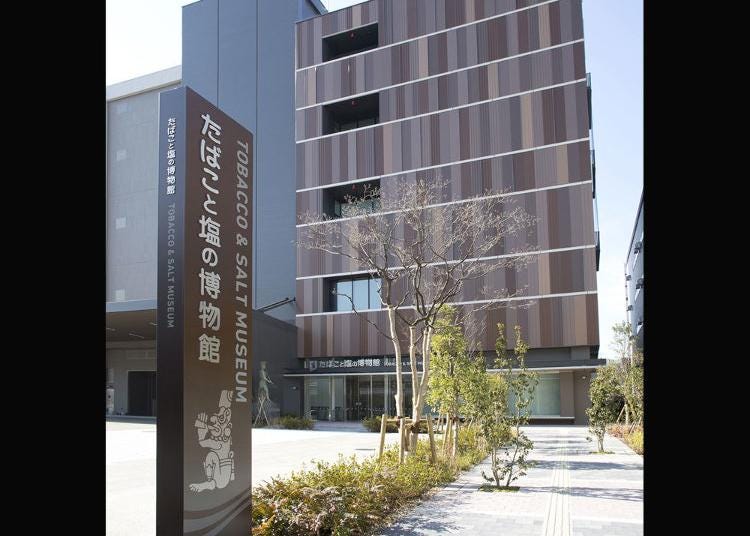
This museum, established in 1978, stands as a unique testament to the intertwined histories of two seemingly distinct yet intriguing commodities: tobacco and salt. Both were once subjects of government monopolies in Japan, and within the museum's walls, visitors embark on a captivating journey through the extensive history and culture surrounding these essential elements. Tobacco, originating in the ancient civilizations of the Americas, and salt, deeply intertwined with the essence of human existence, converge in a mesmerizing exhibition.
As you explore this cultural treasure trove, you'll encounter sections dedicated to an eclectic array of material collections. Unusual smoking tools, a fascinating collection of global rock salt, and captivating ukiyo-e (color prints depicting everyday life in the Edo period) all beckon your curiosity. In the exhibit hall, a selection of approximately 38,000 artifacts, sourced from Japan and abroad, offers a comprehensive glimpse into the world of tobacco and salt. Notably, the museum expanded significantly after relocating to the Sumida ward and undergoing renovations in April 2015, now encompassing twice the space.
In addition to its permanent collections, the museum regularly hosts engaging special exhibitions that delve into a wide spectrum of tobacco and salt-related themes. Furthermore, it provides an array of auxiliary facilities, including a workshop room for interactive experiences, a reading room for in-depth exploration, and a museum shop where visitors can acquire unique mementos.
-
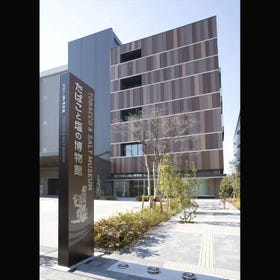
-
Address
1-16-3, Yokokawa, Sumida-ku, Tokyo, 130-0003
View Map -
Nearest Station
Tokyo Skytree Station (Tobu Isesaki Line (Tobu Sky Tree Line))
8 minutes on foot
- Phone Number 03-3622-8801
-
Address
1-16-3, Yokokawa, Sumida-ku, Tokyo, 130-0003
5. The Japanese Sword Museum
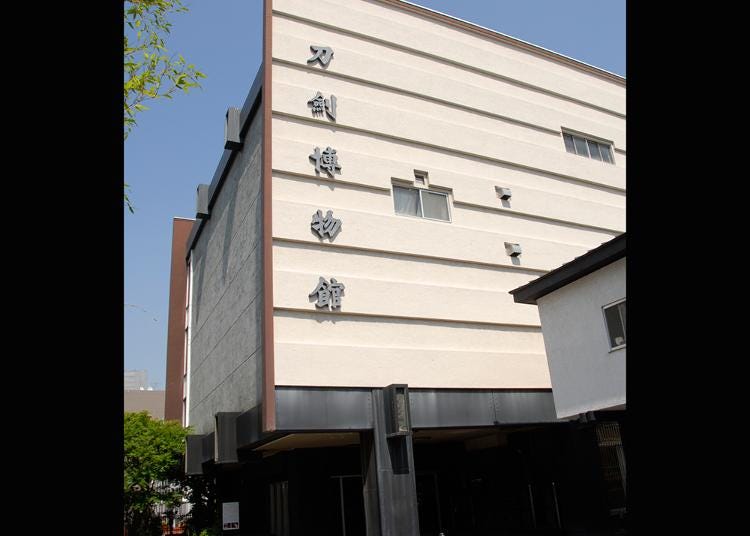
The Japanese Sword Museum stands as a dedicated sanctuary for enthusiasts and connoisseurs of Japanese swords. Established by the venerable Society for the Preservation of Japanese Art Swords, a venerable institution with over half a century of heritage, this museum offers a profound exploration of this iconic art form. Its collection, comprised of approximately 190 meticulously curated items, encompasses an array of treasures, including swords, mountings, fittings, armor, and a wealth of knowledge on metalwork.
Within the museum's hallowed halls, visitors can gaze upon the craftsmanship of legendary swordsmiths spanning the Heian to Edo periods, with swords, mountings, and fittings from these eminent artisans adorning the displays. Furthermore, the museum hosts special exhibitions, featuring new swords and showcasing the exceptional winners of sword-polishing and mounting competitions. Notably, the museum has garnered growing attention from international visitors in recent years, drawn by the allure of Japanese swords.
Japanese swords transcend their role as mere weapons; their allure lies in their intrinsic beauty, a harmonious blend of form and function. Each sword is a masterpiece designed to eliminate the superfluous, focusing solely on its intended purpose.
-
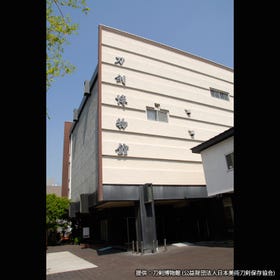
-
Address
1-12-9, Yokoami, Sumida-ku, Tokyo, 130-0015
View Map -
Nearest Station
Ryogoku Station (Toei Oedo Line / JR Sobu Line)
5 minutes on foot
- Phone Number 03-6284-1000
-
Address
1-12-9, Yokoami, Sumida-ku, Tokyo, 130-0015
6. 21_21DESIGN SIGHT

In March 2003, a beacon of creativity and design emerged in Tokyo in the form of 21_21DESIGN SIGHT. This innovative institution was brought to life through the collective vision of three distinguished designers: Issey Miyake, renowned in the world of fashion; Taku Sato, a prolific graphic designer; and Naoto Fukazawa, a celebrated product designer. These creative minds joined forces with Noriko Kawakami, an accomplished journalist and editor, who assumed the role of associate director.
21_21DESIGN SIGHT is not your typical museum; it transcends the boundaries of traditional exhibition spaces. While it proudly showcases a diverse array of exhibitions, it also extends its reach into the realm of intellectual discourse and hands-on creativity. The underlying concept is to become a dynamic platform where daily perspectives and views can be proposed, fostering a vibrant exchange of ideas.
Designed by the acclaimed architect Tadao Ando, the museum's building is itself a work of art. Its symbolic roof, inspired by the concept of "one sheet of fabric," stands as a testament to innovative design, echoing the museum's commitment to pushing the boundaries of creativity and imagination.
As a hub of design, art, and inspiration, 21_21DESIGN SIGHT invites visitors to explore the limitless potential of human creativity and innovation. It's a place where the worlds of design, fashion, and culture converge, sparking new ideas and perspectives that continue to shape the ever-evolving landscape of Tokyo's creative scene.
-
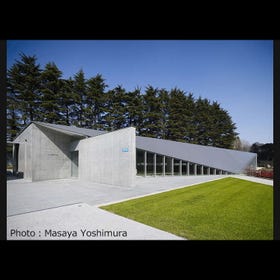
-
Address
Tokyo midtown garden, 9-7-6, Akasaka, Minato-ku, Tokyo, 107-0052
View Map -
Nearest Station
Roppongi Station (Tokyo Metro Hibiya Line / Toei Oedo Line)
5 minutes on foot
- Phone Number 03-3475-2121
-
Address
Tokyo midtown garden, 9-7-6, Akasaka, Minato-ku, Tokyo, 107-0052
7. JP Tower Museum INTERMEDIATHEQUE
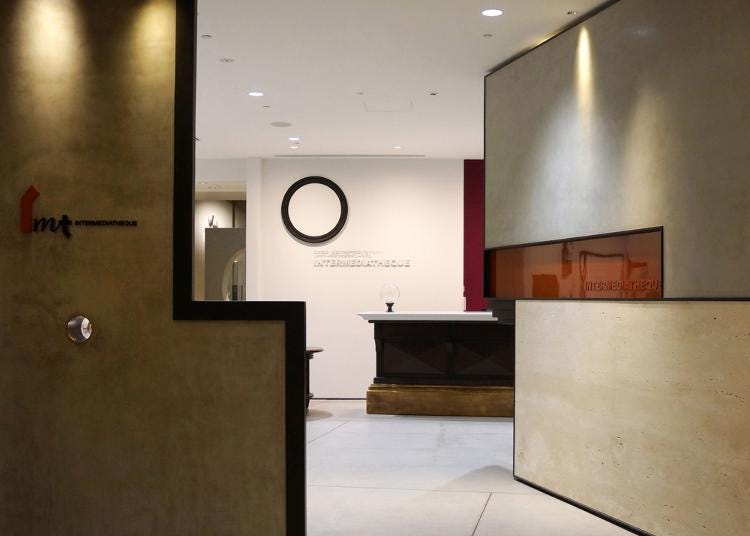
The JP Tower Museum INTERMEDIATHEQUE is a unique institution jointly operated by Japan Post Co. Ltd. and the University Museum, the University of Tokyo (UMUT). Its mission is to make meaningful contributions to the public by offering a fascinating blend of history, culture, and academia. You'll find this remarkable museum nestled on the second and third floors of the historic former Tokyo Central Post Office building, which serves as an architectural gem representative of Showa-era modernism (1926–1989).
Inside these hallowed halls, the museum proudly displays an array of academic and cultural assets, including specimens and research materials accumulated since the inception of the University of Tokyo in 1877. These items are part of the museum's permanent exhibition, providing a captivating glimpse into the university's rich heritage.
In addition to its permanent collections, the museum regularly hosts special exhibitions and events that showcase the latest scientific research achievements from the University of Tokyo. These presentations often fuse with various forms of artistic expression, bridging the gap between traditional academia and contemporary creativity. Notably, the museum's design technology allows it to seamlessly integrate historical heritage within the context of a modern urban space, creating a truly immersive experience.
As part of the University's commitment to education and research, the museum offers a comprehensive educational program and also curates and sells original merchandise to share the fruits of its educational research endeavors with a wider audience. It's important to note that admission to this cultural treasure trove is free, welcoming all curious minds to explore its wonders.
-
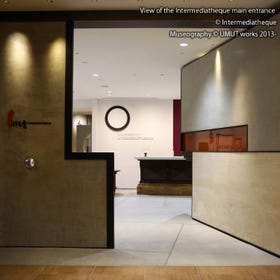
-
Address
Marunouchi 2 chome seventh 2 JP tower /KITTE 2.3 floor, Chiyoda-ku, Tokyo, 100-7003
View Map -
Nearest Station
Tokyo Station (Tokaido Shinkansen Line / Hokkaido Shinkansen Line / Tohoku Shinkansen Line / Akita Shinkansen Line / Yamagata Shinkansen Line / Joetsu Shinkansen Line / Hokuriku Shinkansen Line / JR Tokaido Main Line / JR Yokosuka Line / JR Sobu Main Line / JR Sobu Main Line (Rapid) / JR Keihin-Tohoku Line / JR Yamanote Line / JR Chuo Main Line / JR Keiyo Line / JR Ueno Tokyo Line / Tokyo Metro Marunouchi Line)
1 minute on foot
- Phone Number 03-5777-8600
-
Address
Marunouchi 2 chome seventh 2 JP tower /KITTE 2.3 floor, Chiyoda-ku, Tokyo, 100-7003
8. Philatelic Museum
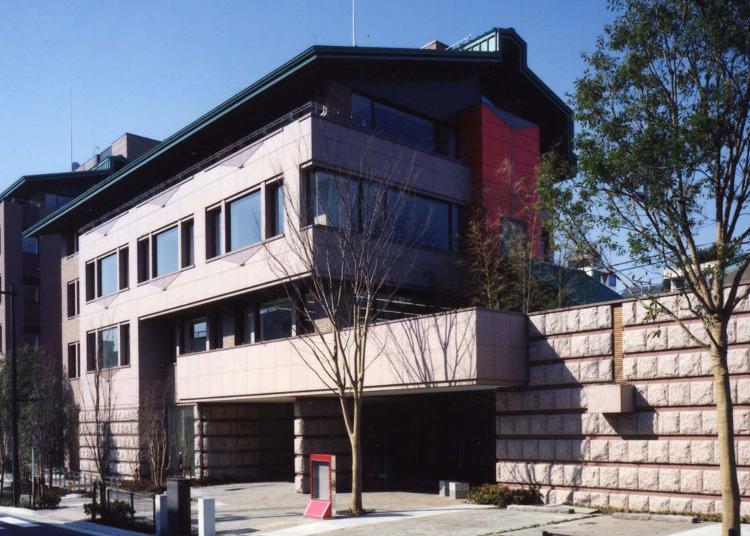
The JP Tower Museum INTERMEDIATHEQUE is a unique institution jointly operated by Japan Post Co. Ltd. and the University Museum, the University of Tokyo (UMUT). Its mission is to make meaningful contributions to the public by offering a fascinating blend of history, culture, and academia. You'll find this remarkable museum nestled on the second and third floors of the historic former Tokyo Central Post Office building, which serves as an architectural gem representative of Showa-era modernism (1926–1989).
Inside these hallowed halls, the museum proudly displays an array of academic and cultural assets, including specimens and research materials accumulated since the inception of the University of Tokyo in 1877. These items are part of the museum's permanent exhibition, providing a captivating glimpse into the university's rich heritage.
In addition to its permanent collections, the museum regularly hosts special exhibitions and events that showcase the latest scientific research achievements from the University of Tokyo. These presentations often fuse with various forms of artistic expression, bridging the gap between traditional academia and contemporary creativity. Notably, the museum's design technology allows it to seamlessly integrate historical heritage within the context of a modern urban space, creating a truly immersive experience.
As part of the University's commitment to education and research, the museum offers a comprehensive educational program and also curates and sells original merchandise to share the fruits of its educational research endeavors with a wider audience. It's important to note that admission to this cultural treasure trove is free, welcoming all curious minds to explore its wonders.
Conveniently located just a one-minute stroll from the Marunouchi South Exit of JR Tokyo Station, the JP Tower Museum INTERMEDIATHEQUE invites you to uncover a wealth of knowledge, creativity, and history in a captivating and accessible setting.
-

-
Address
1-4-23, Mejiro, Toshima-ku, Tokyo, 171-0031
View Map -
Nearest Station
Mejiro Station (JR Yamanote Line)
3 minutes on foot
- Phone Number 03-5951-3331
-
Address
1-4-23, Mejiro, Toshima-ku, Tokyo, 171-0031
9. Fire Museum
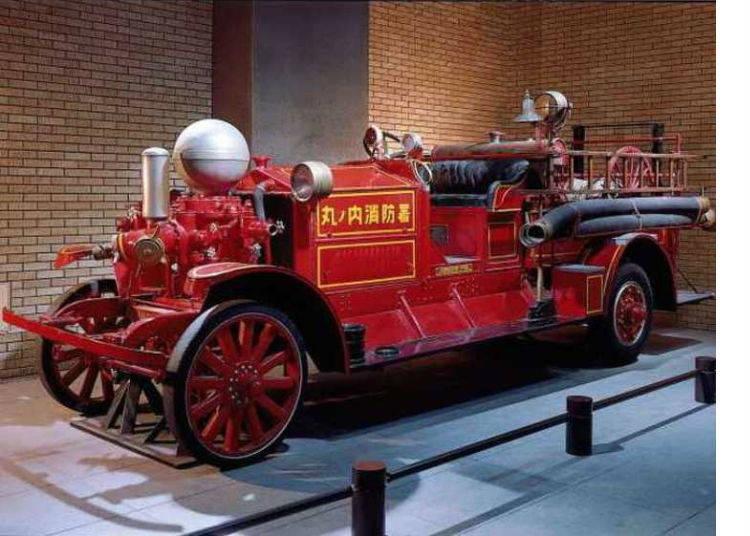
The Fire Museum, intricately connected to the Yotsuya Fire Department, stands as a testament to the tireless dedication of firefighters and the evolution of fire response in Japan. This unique museum invites visitors to explore an array of exhibits that showcase actual firefighting equipment, providing a window into the history of fire response in the country.
Among the fascinating artifacts on display, you'll encounter the very first fire engine introduced to Japan back in 1917, marking a significant milestone in the nation's firefighting history. Additionally, the museum houses the helitack, a remarkable piece of technology initially introduced to the Tokyo Fire Department. For a truly immersive experience, visitors have the opportunity to sit inside the helitack, gaining insight into the challenges and responsibilities faced by firefighters.
As you explore the museum's displays and interactive exhibits, it's an ideal opportunity to consider the importance of disaster prevention. The Fire Museum serves as a reminder of the critical role played by firefighters in safeguarding communities and the importance of being prepared for unforeseen emergencies.
-
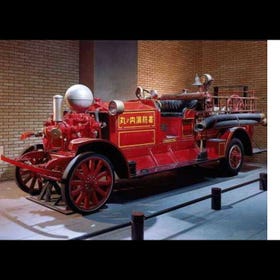
-
Address
3-10, Yotsuya, Shinjuku-ku, Tokyo, 160-0004
View Map -
Nearest Station
Yotsuya-Sanchome Station (Tokyo Metro Marunouchi Line)
- Phone Number 03-3353-9119
-
Address
3-10, Yotsuya, Shinjuku-ku, Tokyo, 160-0004
10. Currency Museum of the Bank of Japan
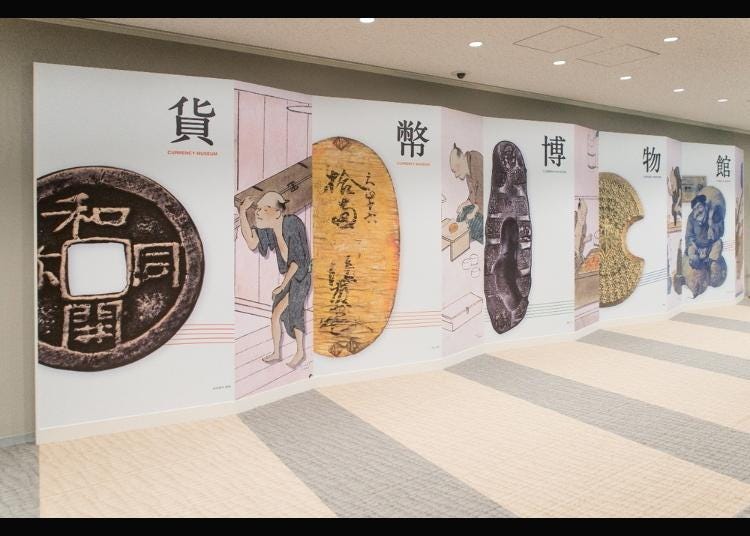
The Currency Museum of the Bank of Japan houses an extraordinary collection of materials, many of which were amassed by the eminent currency researcher Hirofumi Tanaka (1884–1956) and were once displayed or stored at Senpeikan. Recognizing the educational value of these materials, the Bank of Japan, which was entrusted with their safekeeping, made it a mission to share the history and significance of currency in society with the public. Consequently, in 1985, the Currency Museum opened its doors.
Within its walls, you'll encounter not only domestic currencies but also those from East Asia, with a particular focus on China, along with associated materials that provide valuable context. The museum continuously integrates new discoveries from archaeological excavations and other research conducted over the past three decades, ensuring its exhibits remain dynamic and up-to-date. After undergoing renovations, the museum reopened on November 21, 2015, ready to captivate visitors with fresh insights into the world of currency.
Furthermore, the museum is designed to be wheelchair-friendly, equipped with elevators and lowered display cases to accommodate all visitors comfortably. Whether you're a currency enthusiast, history buff, or simply curious about the role of money in society, the Currency Museum invites you to explore its rich collection and delve into the fascinating history of currencies from around the world.
-
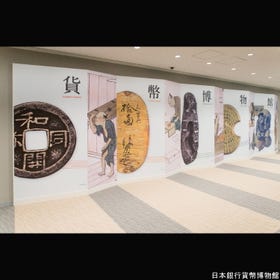
-
Address
1-3-1, Nihonbashihongokucho, Chuo-ku, Tokyo, 103-0021
View Map -
Nearest Station
Mitsukoshimae Station (Tokyo Metro Ginza Line / Tokyo Metro Hanzomon Line)
1 minute on foot
- Phone Number 03-3277-3037
-
Address
1-3-1, Nihonbashihongokucho, Chuo-ku, Tokyo, 103-0021
- Area
- Category
*Prices and options mentioned are subject to change.
*Unless stated otherwise, all prices include tax.
Limited time offer: 10% discount coupons available now!
Recommended places for you
-
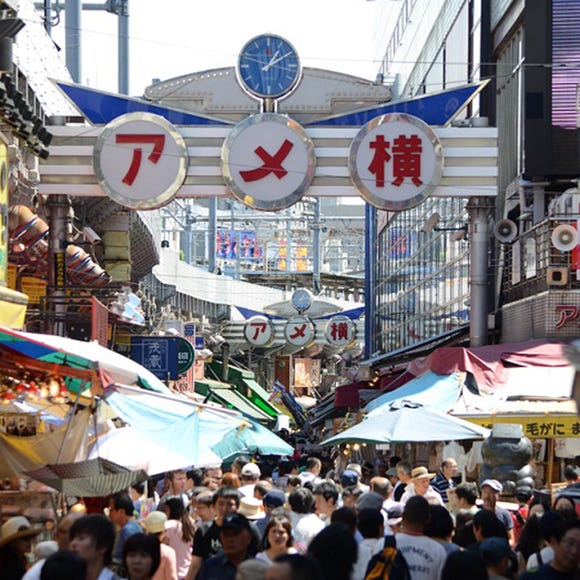
Ameyoko Shopping Street
Old Towns (Shitamachi)
Ueno
-

The Tokyo Station Marunouchi Building
Landmarks
Tokyo Station
-
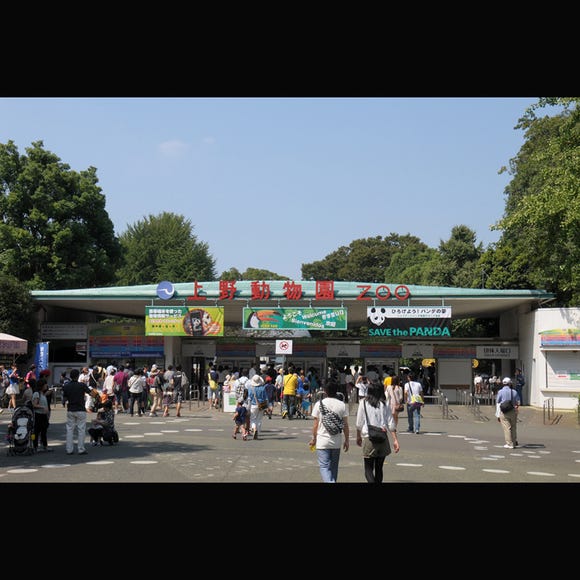
Ueno Zoo (Ueno Zoological Gardens)
Zoos, Aquariums & Botanical Gardens
Ueno
-

Tokyo Disney Sea®
Theme Parks
Chiba Suburbs
-
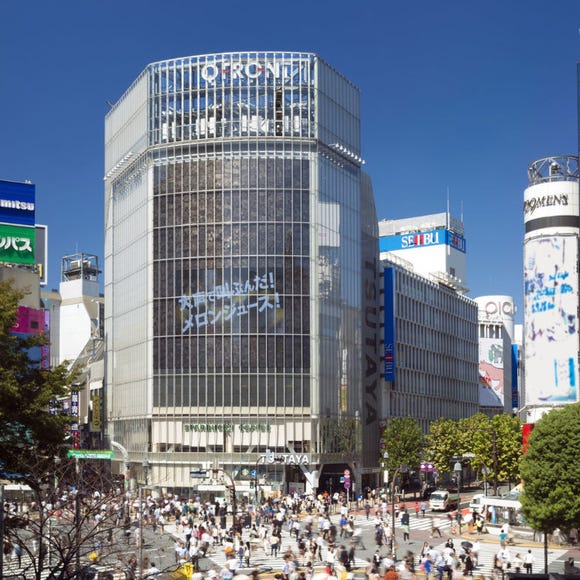
Shibuya Crossing
Downtown
Shibuya
-
Events
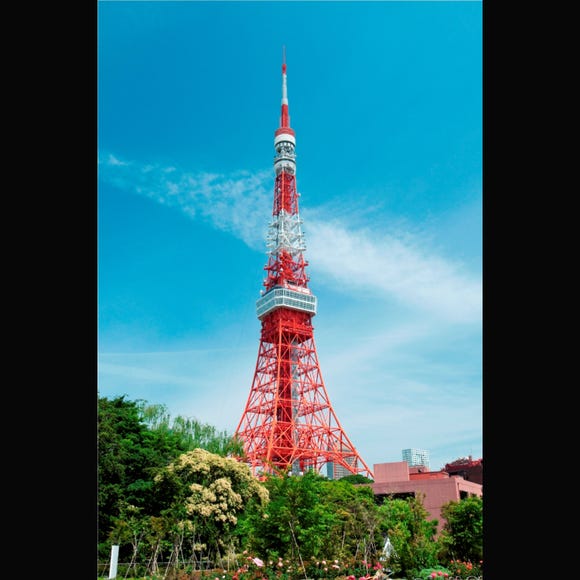
Tokyo Tower
Landmarks
Roppongi
-

Opened in Spring 2024! What to do at Tokyu Plaza Harajuku Harakado
-

The CASIO S100: How CASIO's Masterpiece Calculator Redefines Business Elegance With Japan-Made Reliability
-

Step Into the Story: Inside Immersive Fort Tokyo
-

12 Unique & Fun Tokyo Food Tours to Enjoy in 2024
-

Discover Osaka Station City: A Journey Through Its Most Fascinating Spots
-

15 Must-Try Sushi Restaurants in Tokyo (+5 Trending Areas to Explore for Foodies)
-
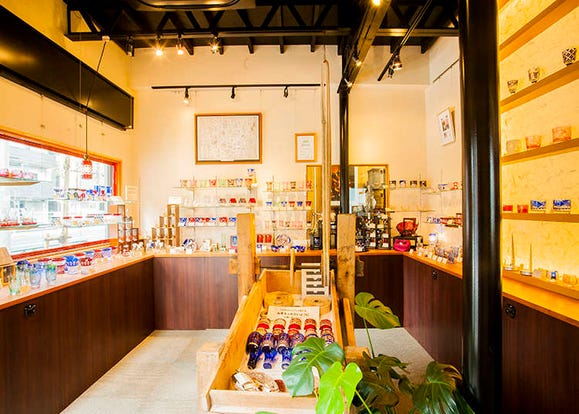
Five Museums Where You Can Enjoy Japanese Culture for Free
-
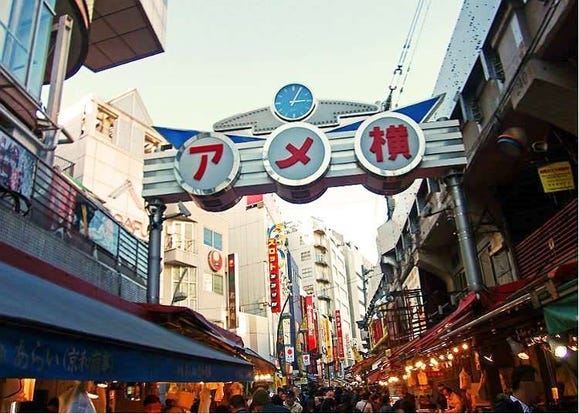
Ueno Station Area Guide: Fun Ways to Explore Tokyo's Popular Destination (Area Map & Sightseeing Tips)
-
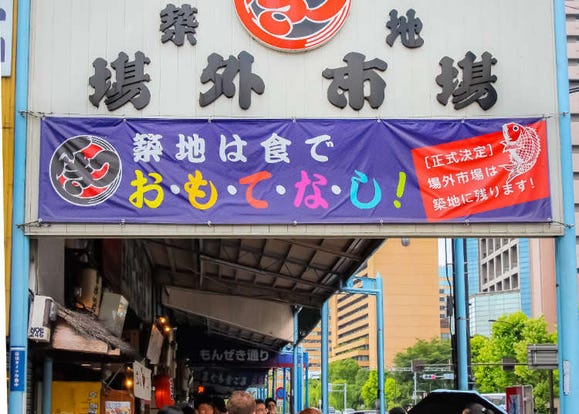
Tokyo Tsukiji|Tsukiji Area Map & Sightseeing Information
-
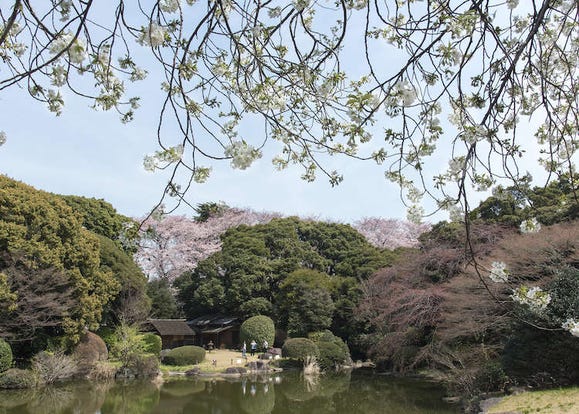
Cherry Blossom Viewing at the Tokyo National Museum: Both in Galleries and the Garden (From Representations to the Real Deal)
-
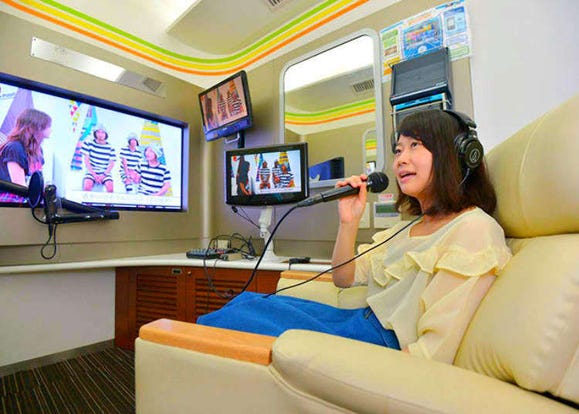
Spending Wonderful Time Alone in Shibuya - Free Cosmetics and a Hundred-Yen Bus!
-

Tokyo Midtown in Akasaka: The Five Must-Visit Spots
- #best ramen tokyo
- #what to buy in ameyoko
- #what to bring to japan
- #new years in tokyo
- #best izakaya shinjuku
- #things to do tokyo
- #japanese nail trends
- #what to do in odaiba
- #onsen tattoo friendly tokyo
- #daiso
- #best sushi ginza
- #japanese convenience store snacks
- #best yakiniku shibuya
- #japanese fashion culture
- #best japanese soft drinks















